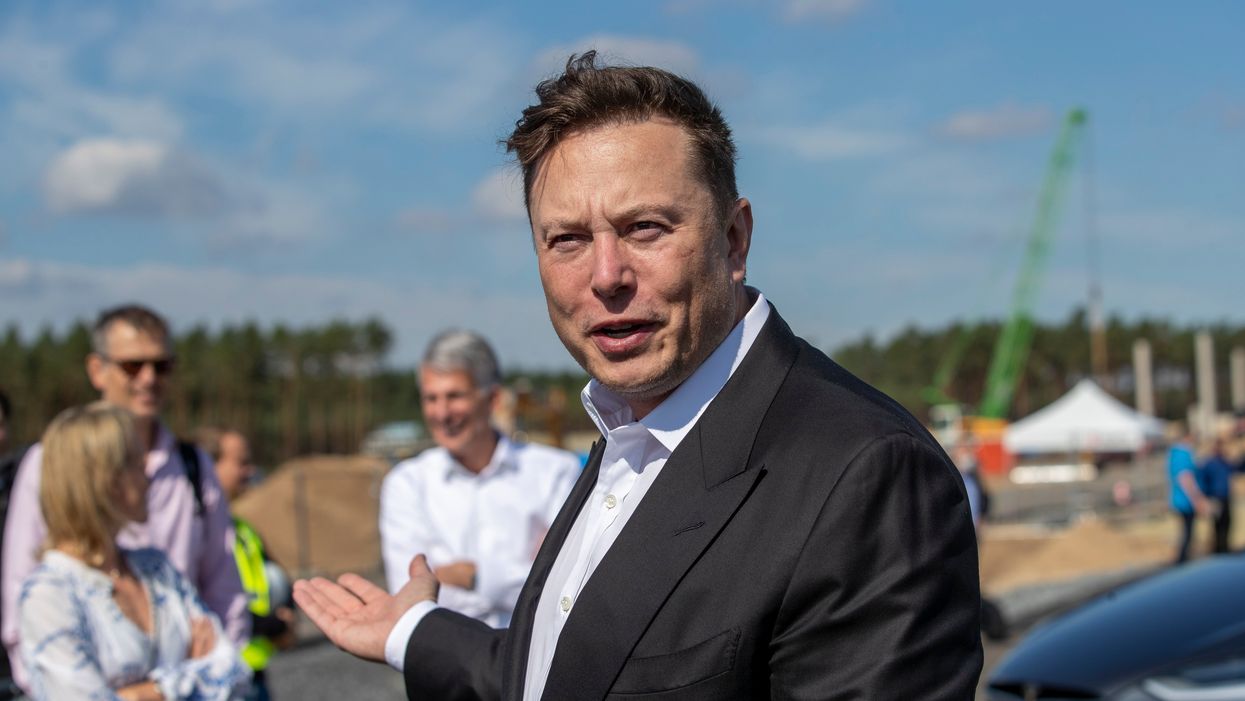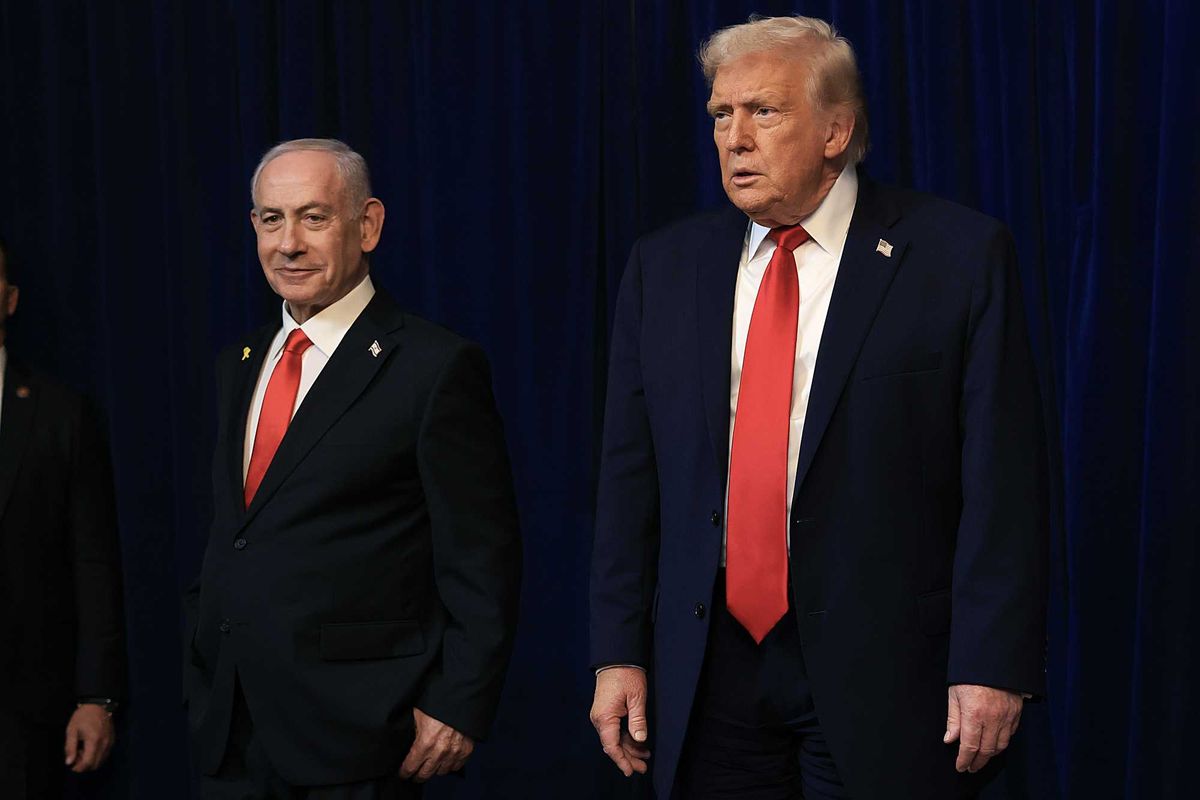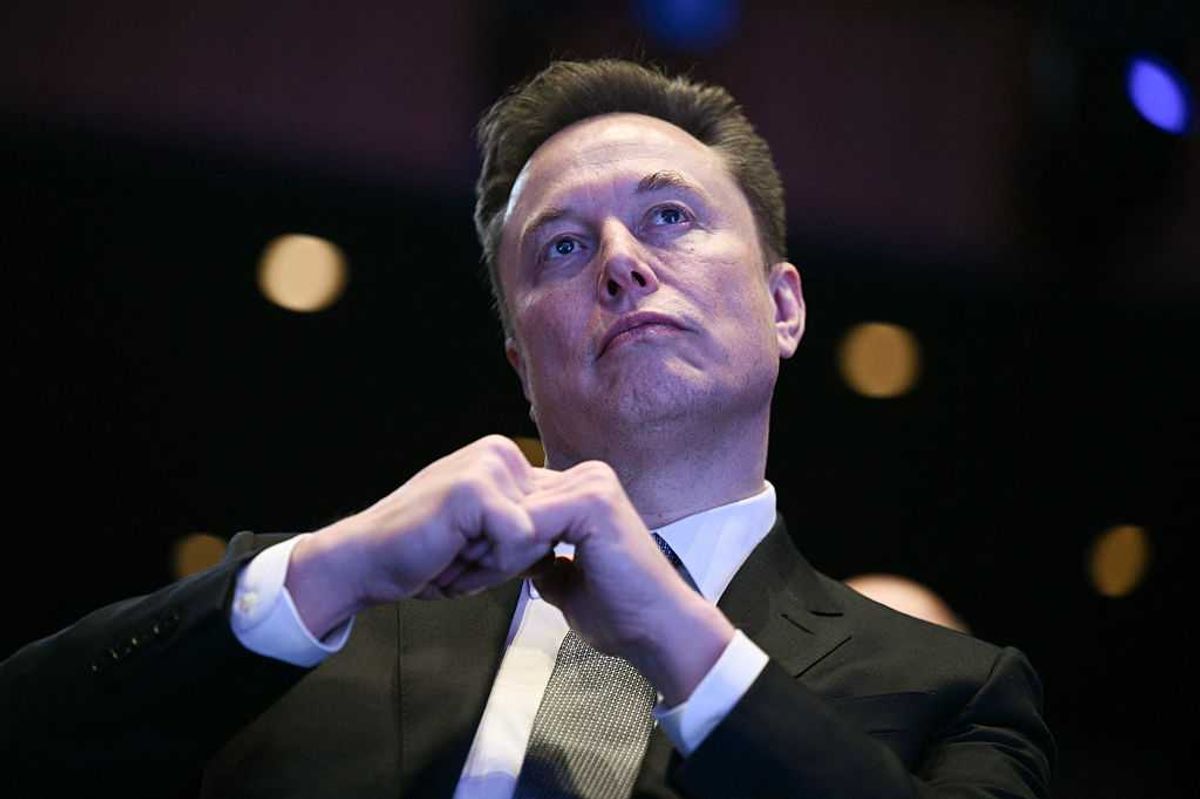Celebrities
Greg Evans
Nov 16, 2021
Elon Musk has been getting into all sorts of bother as of late in regards to his extraordinary wealth and whether he should sell some of his Tesla stock in order to eliminate world hunger.
It might sound like an absurd premise but as the richest man in the world, Musk would need to sell around $6 billion of his stocks in order to fund the United Nations efforts to fight famine.
Although $6bn is an astronomical amount of money, it is just 2 per cent of the South African’s overall wealth who has an estimated net worth $281.6bn.
A few weeks ago Musk said he would be willing to sell his stocks in order to fund the UN’s World Food Programme, which is headed up by David Beasley, but he would first have to prove how the money would be used in the battle against food poverty.
Sign up to our new free Indy100 weekly newsletter
It has been a few weeks now but Beasley has finally come up with the goods that Musk was asking for by outlining exactly what the WFP will spend his and other billionaires’ money on.
On Twitter, Beasley wrote: “The world is on fire. I’ve been warning about the perfect storm brewing due to Covid, conflict, climate shocks & now, rising supply chain costs. IT IS HERE. 45M lives are at stake—and increasing daily. If you don’t feed people, you feed conflict, destabilization & mass migration.”
“This hunger crisis is urgent, unprecedented, AND avoidable. @elonmusk, you asked for a clear plan & open books. Here it is! We’re ready to talk with you - and anyone else - who is serious about saving lives. The ask is $6.6B to avert famine in 2022.”
This hunger crisis is urgent, unprecedented, AND avoidable. @elonmusk, you asked for a clear plan & open books. Her… https://t.co/lShKzQRWyO— David Beasley (@David Beasley) 1637003318
Beasley also highlighted Afghanistan, Madagascar, Sudan, South Sudan and Yemen as five countries in desperate need of help and also provided a link to prove that all of the UN’s spending is above board and legitimate.
Transparency and accountability are essential to us and our donors. WFP's financial statements, operational plans,… https://t.co/OyNfB91C43— David Beasley (@David Beasley) 1637003320
Beasley linked to an article on the WFP website titled ‘A one-time appeal to billionaires’ which provides a breakdown of how the money will be spent.
It details their goals as such:
- US$3.5 billion for food and its delivery, including the cost of shipping and transport to the country, plus warehousing and “last mile” delivery of food using air, land and river transport, contracted truck drivers and required security escorts in conflict-affected zones to distribute food to those who need it most.
- US$2 billion for cash and food vouchers (including transaction fees) in places where markets can function. This type of assistance enables those most in need to buy the food of their choice and supports local economies.
- US$700 million for country-specific costs to design, scale up and manage the implementation of efficient and effective programmes for millions of tons more food and cash transfers and vouchers – adapted to the in-country conditions and operational risks in 43 countries. This includes office and satellite-office facilities and their security, and the monitoring of distributions and results, ensuring the assistance reaches the most vulnerable.
- US$400 million for global and regional operations management, administration and accountability, including coordination of global supply lines and aviation routes; global logistics coordination such as freight contracting; global monitoring and analysis of hunger worldwide; and risk management and independent auditors dedicated to oversight.
Such is the magnitude of the problem that Beasley did warn Musk back on 31st October that the $6 billion figure, which Musk had quoted from a CNN article, was not accurate as that amount of money wouldn’t immediately solve world hunger but it could prevent instability, mass migration and save 42 million people from starvation.
@elonmusk @DrEliDavid .@elonmusk! Headline not accurate. $6B will not solve world hunger, but it WILL prevent geopo… https://t.co/VdpbpG24B7— David Beasley (@David Beasley) 1635706342
Musk is yet to respond to Beasley’s proposal but it’s fair to say that the ball is now definitely in his court.
Top 100
The Conversation (0)













